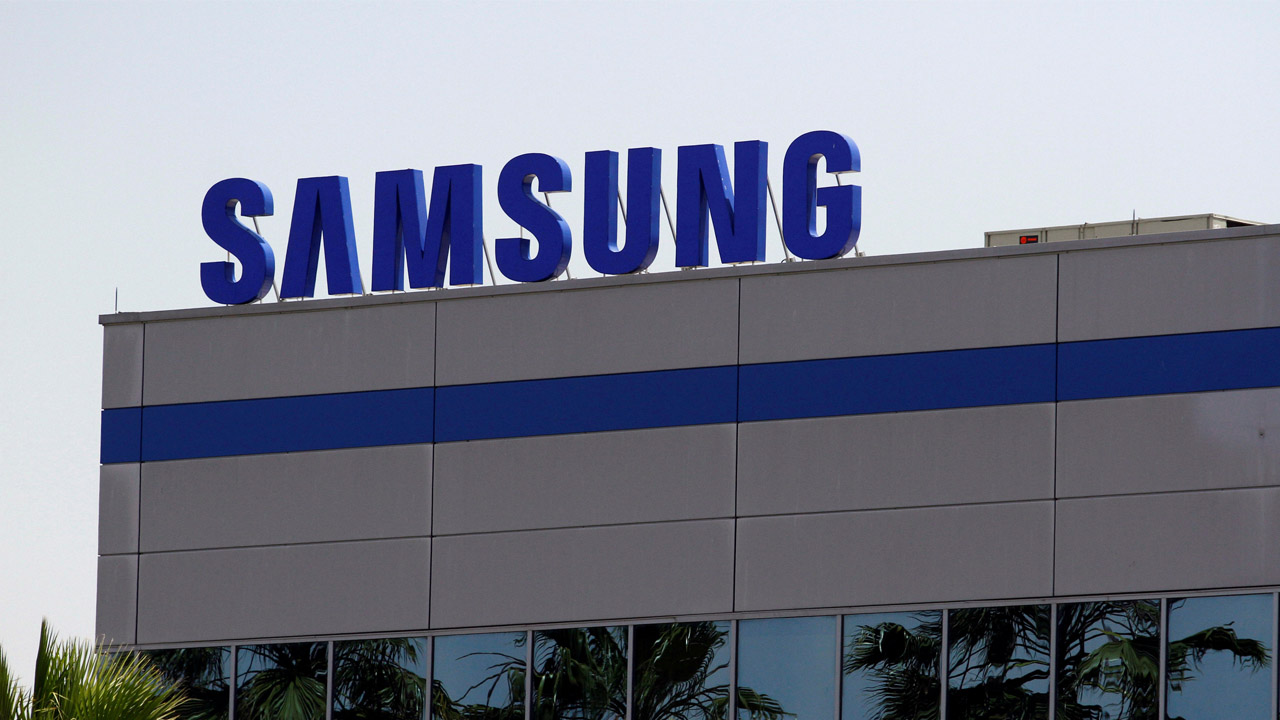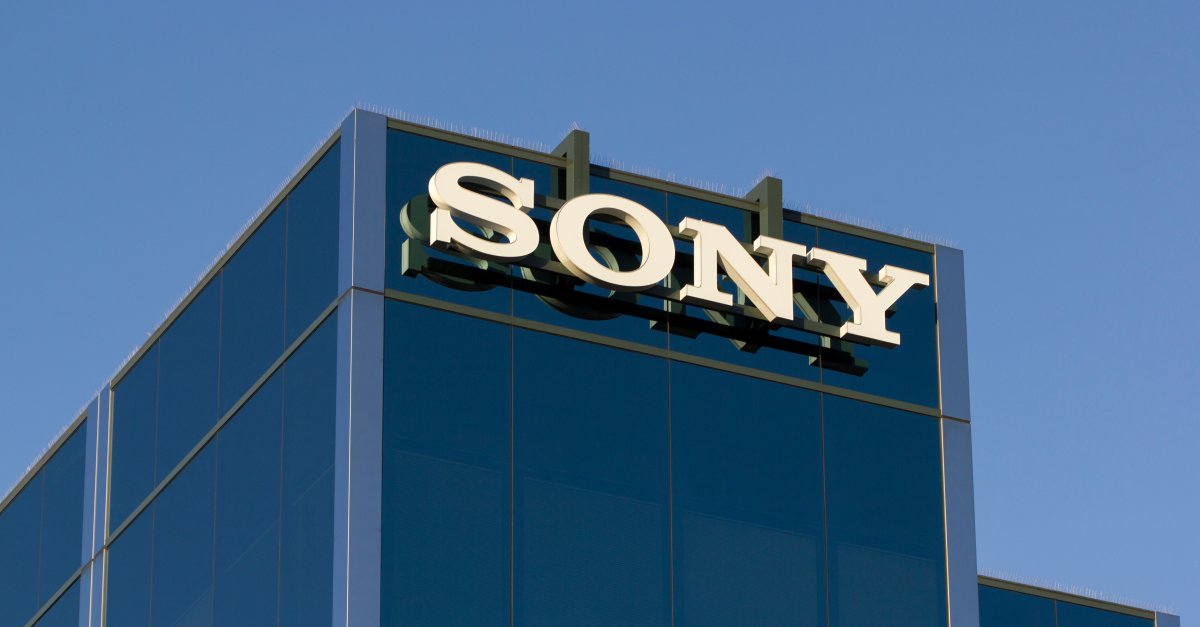

Finance
What Is Samsung’s Capital Structure?
Modified: December 30, 2023
Learn about Samsung's capital structure and its financial stability. Explore how their finance strategies contribute to their success in the market.
(Many of the links in this article redirect to a specific reviewed product. Your purchase of these products through affiliate links helps to generate commission for LiveWell, at no extra cost. Learn more)
Table of Contents
Introduction
Samsung, a global leader in technology and electronics, has played a significant role in shaping the modern world. From smartphones and televisions to home appliances and semiconductors, Samsung has become a household name across the globe. Behind its success lies a robust and carefully crafted capital structure that has enabled the company to finance its operations, fuel growth, and weather economic uncertainties.
The capital structure of a company refers to the mix of debt and equity financing it employs to support its operations and investments. It plays a crucial role in determining the financial health and stability of a business. For Samsung, a company of such magnitude, maintaining an optimal capital structure is essential to sustain its innovation, expansion, and competitiveness in the market.
In this article, we will explore Samsung’s capital structure components, delve into its debt and equity financing strategies, examine its debt-to-equity ratio, and discuss the impact of its capital structure on the company’s financial performance. Understanding these factors will provide valuable insights into Samsung’s financial decision-making and the overall strength of the company from a capital perspective.
Join us on this journey as we unveil the intricacies of Samsung’s capital structure and its significance in driving the company’s success.
Samsung’s Capital Structure Components
When examining Samsung’s capital structure, it is important to consider the two primary components: debt financing and equity financing.
Debt Financing: Debt financing refers to raising funds by borrowing money from external sources. Samsung, being a global conglomerate, has access to various debt instruments such as bonds, loans, and credit facilities. Through debt financing, Samsung can leverage its creditworthiness to secure favorable interest rates and repayment terms.
Equity Financing: Equity financing, on the other hand, involves raising capital by selling shares of the company to investors. Samsung, as a publicly traded company, has issued stocks and can raise funds through initial public offerings (IPOs) or subsequent share offerings. Equity financing allows Samsung to expand its ownership base and attract investors who believe in the company’s growth potential.
The capital structure of Samsung is a delicate balance between these two components. While debt financing provides flexibility and access to immediate funds, it also comes with the obligation to repay the borrowed amount along with interest. On the other hand, equity financing relieves the company from the burden of debt repayment but dilutes ownership and may lead to more stringent shareholder expectations.
By utilizing both debt and equity financing, Samsung is able to optimize its capital structure and ensure a steady inflow of funds to support its operations, research and development initiatives, and strategic investments.
Debt Financing
Debt financing plays a crucial role in Samsung’s capital structure, providing the company with the necessary funds to support its various operations and strategic endeavors. Samsung has utilized different forms of debt instruments to raise capital.
One of the common debt instruments used by Samsung is bonds. Samsung issues bonds to institutional investors and the public, promising to pay periodic interest payments and the principal amount at maturity. Bonds provide Samsung with a reliable long-term source of financing, allowing the company to fund large-scale projects and initiatives.
In addition to bonds, Samsung also relies on loans and credit facilities. These debt instruments provide short-term financing options for the company’s day-to-day operations, working capital needs, and other immediate financial requirements. Through loans and credit facilities, Samsung can quickly access funds to manage its cash flow and seize business opportunities.
Debt financing offers several advantages for Samsung. Firstly, it allows the company to maintain its ownership control and decision-making authority since debt holders do not have ownership rights. Secondly, interest payments on debt are tax-deductible, which helps in reducing the overall tax liability of the company.
However, debt financing also carries some risks. Taking on excessive debt burdens Samsung with interest payments and principal repayments, which can strain its cash flow. Furthermore, a high debt load can negatively impact the company’s credit rating and increase borrowing costs in the future. Samsung must carefully manage its debt obligations to maintain a healthy balance between risk and reward.
In summary, debt financing enables Samsung to raise funds for both short-term and long-term needs. By using various debt instruments, the company can secure necessary capital to support its growth, research and development, and strategic investments. However, careful monitoring and management of debt levels are essential to mitigate potential risks and maintain financial stability.
Equity Financing
Equity financing is an essential component of Samsung’s capital structure, allowing the company to raise funds by offering shares of its stock to investors. Equity financing provides Samsung with a variety of advantages and opportunities.
As a publicly traded company, Samsung has issued shares of stock that are traded on stock exchanges. By conducting initial public offerings (IPOs) or subsequent share offerings, Samsung can attract a wide range of investors who believe in the company’s growth prospects. These investors provide capital in exchange for ownership in the company, becoming shareholders.
Equity financing offers several benefits for Samsung. Firstly, it allows the company to raise significant amounts of capital without incurring debt or interest payments. This relieves Samsung from the burden of debt repayment and lowers its overall financial risk. Additionally, equity financing can strengthen Samsung’s balance sheet by increasing its shareholder equity, enhancing the company’s financial stability and ability to attract further investments.
Moreover, equity financing brings strategic advantages for Samsung. By having a diverse base of shareholders, the company can leverage their expertise, networks, and industry knowledge to support its growth and expansion initiatives. Shareholders may also provide valuable insights and guidance, contributing to the overall success of the company.
However, equity financing comes with its own considerations. By issuing new shares, Samsung dilutes the ownership percentage of existing shareholders, which can impact share value and lead to higher expectations from investors. Additionally, granting ownership rights to shareholders means that they are entitled to voting rights and can influence important decisions related to the company’s operations and governance.
Samsung carefully balances the advantages and considerations of equity financing to ensure that it aligns with the company’s long-term growth objectives. By utilizing equity financing, Samsung not only raises capital but also expands its ownership base, strengthens its financial position, and taps into the knowledge and expertise of its shareholders.
Samsung’s Debt-to-Equity Ratio
The debt-to-equity ratio is a crucial financial metric that provides insights into the proportion of a company’s debt relative to its equity. It measures the level of financial leverage employed by a company and helps assess its financial risk and stability. For Samsung, understanding its debt-to-equity ratio is essential in evaluating its capital structure and financial health.
The debt-to-equity ratio is calculated by dividing a company’s total debt by its total equity. A higher debt-to-equity ratio indicates that a company has a higher proportion of debt financing compared to equity financing. Conversely, a lower ratio suggests a more conservative capital structure with a greater reliance on equity financing.
It is important to note that the ideal debt-to-equity ratio can vary across industries and depend on the company’s specific circumstances. A higher ratio may be acceptable for companies in capital-intensive industries, while a lower ratio could be preferred for more stable and mature businesses.
In the case of Samsung, its debt-to-equity ratio has fluctuated over the years. The ratio is influenced by various factors, including the company’s borrowing decisions, profitability, growth initiatives, and the economic climate. A high debt-to-equity ratio may indicate that Samsung has taken on significant debt to finance its operations and investments. This can amplify financial risk and make the company more vulnerable to economic downturns or fluctuations in interest rates.
Conversely, a low debt-to-equity ratio suggests a more conservative financial approach, with a greater emphasis on equity financing. A lower ratio can signify a stronger financial position and a reduced risk of default. It provides a cushion to absorb financial shocks and allows the company to pursue growth opportunities with greater flexibility.
It is important to strike a balance in determining the optimal debt-to-equity ratio for Samsung. While too much debt can be risky, too little debt may imply missed opportunities for growth and expansion. Samsung’s financial management team carefully monitors and evaluates its debt-to-equity ratio to ensure it remains within acceptable levels while supporting the company’s objectives.
By analyzing Samsung’s debt-to-equity ratio, investors, stakeholders, and analysts can better understand the company’s capital structure, assess its financial risk profile, and make informed decisions regarding investment and involvement with the company.
Impact of Capital Structure on Samsung’s Financial Performance
The capital structure of a company, including its mix of debt and equity financing, has a significant impact on Samsung’s financial performance. The decisions regarding capital structure influence various aspects of the company’s operations and can shape its ability to generate profits and sustain growth.
Optimal capital structure allows Samsung to strike a balance between risk and reward. A well-structured capital base, with an appropriate level of debt and equity, can have several positive effects on the company’s financial performance:
- Cost of Capital: The capital structure affects the cost of capital for Samsung. Debt financing generally carries a lower cost compared to equity financing due to tax advantages. By utilizing debt strategically, Samsung can reduce its weighted average cost of capital (WACC) and enhance profitability by maximizing the use of low-cost debt.
- Flexibility and Liquidity: An optimal capital structure provides Samsung with flexibility and liquidity to support its day-to-day operations and pursue growth initiatives. By having a balanced mix of debt and equity, Samsung can access funds when needed and manage its financial obligations efficiently.
- Financial Risk: The level of debt in the capital structure affects Samsung’s financial risk. Higher debt levels increase interest payments and create financial obligations, which can strain cash flow and impact profitability. By maintaining a conservative debt level, Samsung can reduce financial risk and ensure stability during economic downturns.
- Investor Confidence: A well-managed capital structure instills confidence in investors and stakeholders. A balanced capital structure indicates prudent financial management and stability, which can attract investors, drive up share prices, and enhance the company’s market value.
- Flexibility in Strategic Initiatives: Optimal capital structure empowers Samsung to pursue strategic initiatives such as mergers, acquisitions, and research and development. Having access to both debt and equity financing provides the company with the means to fund such endeavors and drive future growth.
However, an inefficient or unbalanced capital structure can have negative implications for Samsung’s financial performance. Excessive debt levels can lead to higher interest payments, increase the risk of default, and limit the company’s financial flexibility. On the other hand, too much reliance on equity financing can dilute ownership and raise expectations from shareholders, leading to increased pressure for returns.
It is crucial for Samsung to continually evaluate and optimize its capital structure to adapt to changing market dynamics and financial goals. By balancing debt and equity financing, Samsung can enhance its financial performance, effectively manage risks, and capitalize on growth opportunities.
Conclusion
Samsung’s capital structure plays a vital role in supporting the company’s operations, driving growth, and ensuring financial stability. By carefully managing its debt and equity financing, Samsung has been able to navigate the dynamic and competitive landscape of the technology industry.
The components of Samsung’s capital structure, including debt and equity financing, are essential pillars in raising funds for the company’s various needs. Debt financing provides Samsung with immediate funding options and flexibility, while equity financing allows the company to attract investors and tap into their expertise.
The debt-to-equity ratio is a critical metric that helps evaluate the proportion of debt to equity in Samsung’s capital structure. Maintaining an optimal debt-to-equity ratio helps minimize financial risk, maximize profitability, and enhance the company’s overall stability.
The impact of capital structure on Samsung’s financial performance is significant. A well-designed capital structure can reduce the cost of capital, provide liquidity, manage financial risk, boost investor confidence, and enable strategic initiatives. On the other hand, an inefficient or unbalanced capital structure can hinder financial performance and limit growth potential.
In conclusion, Samsung’s capital structure is a strategic framework that enables the company to thrive in a competitive and rapidly evolving industry. By carefully managing the balance between debt and equity financing, Samsung can ensure its financial health, drive innovation, and sustain its position as a global leader in technology and electronics.














